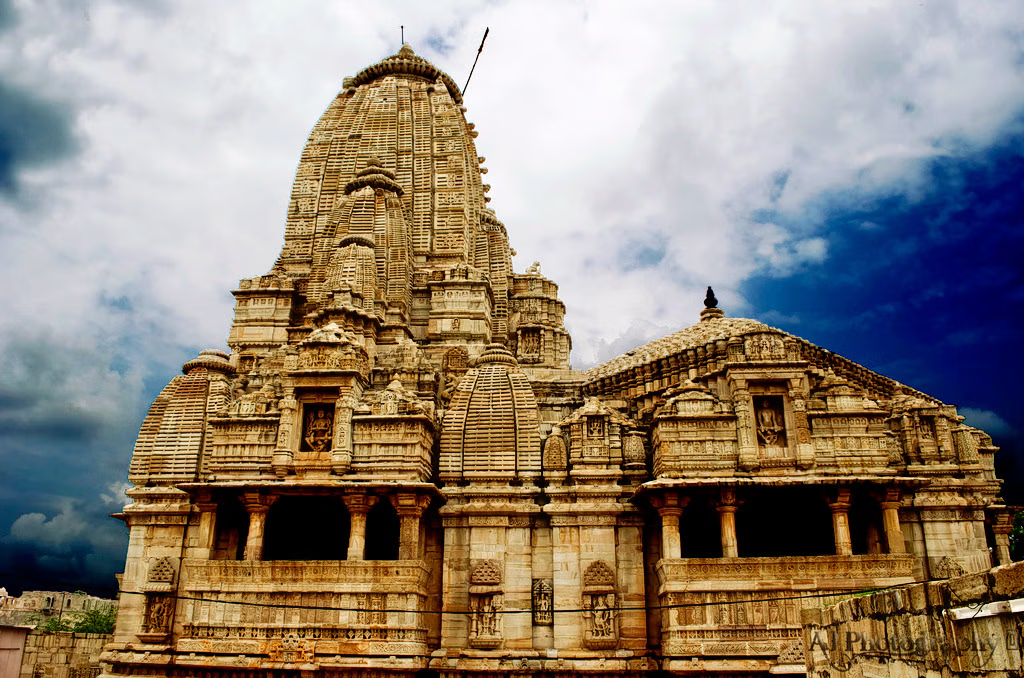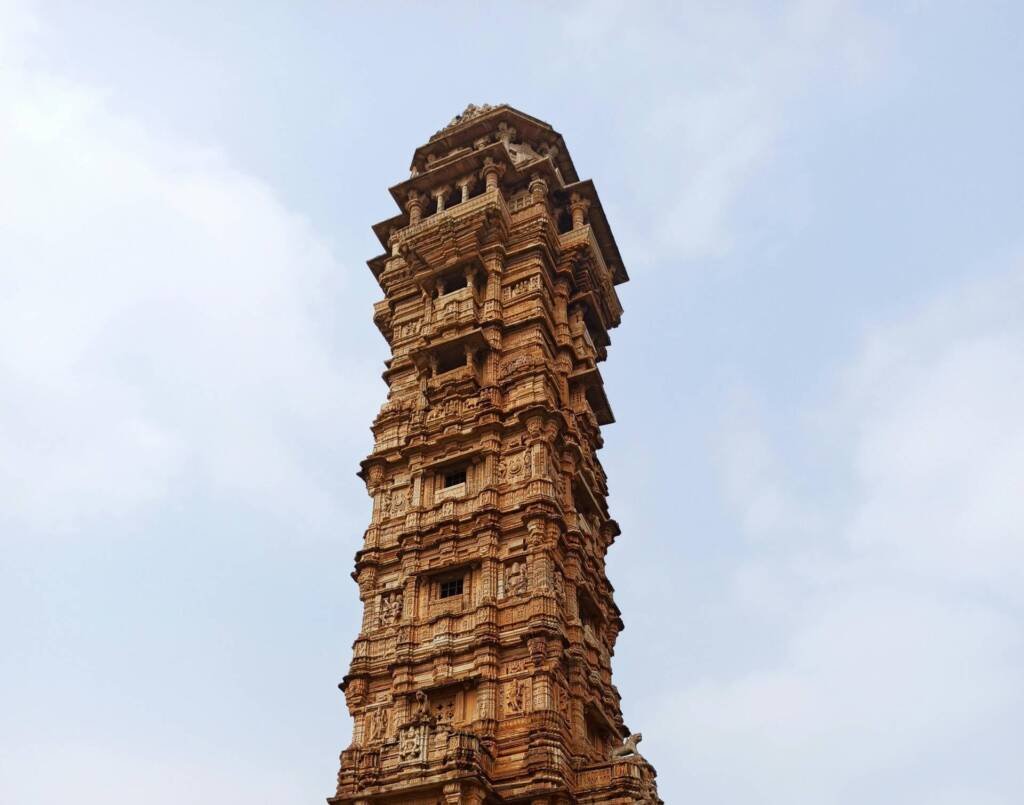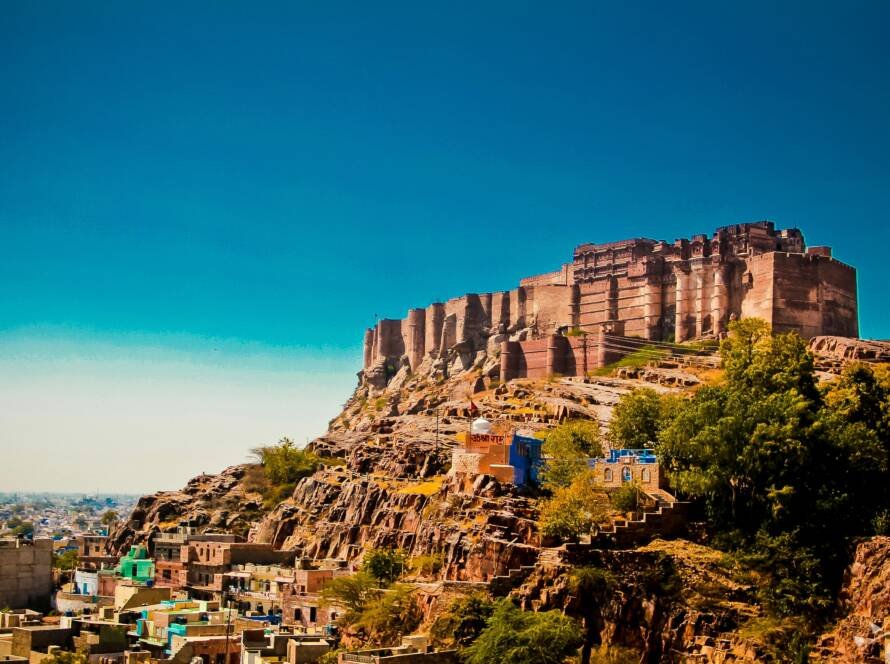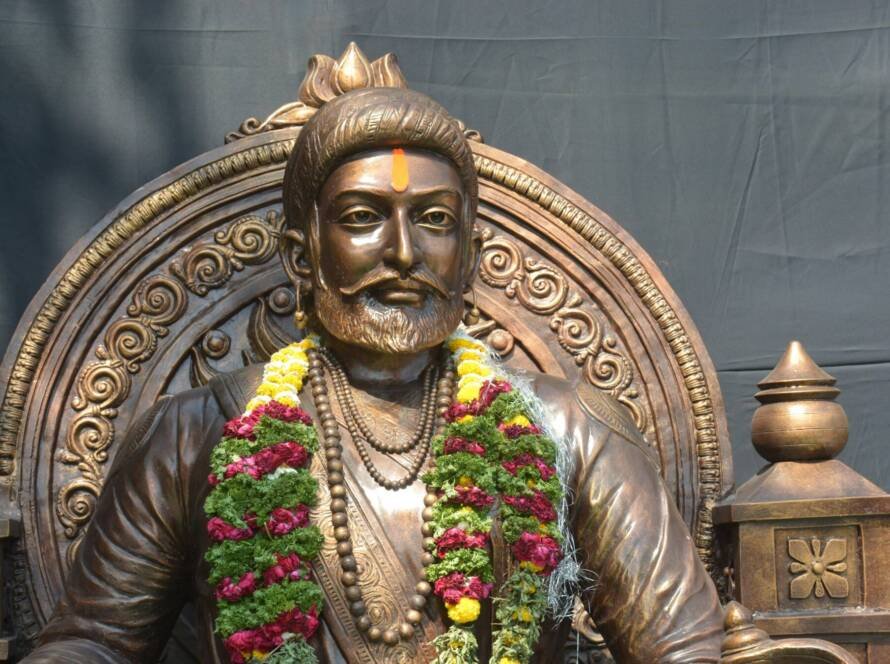Where Courage Carved Its Own Citadel
Where Every Stone Breathes Courage, and Every Flame Whispers Honor – There are places that history remembers, and then there are places that remember history. Chittorgarh Fort is the latter. Not merely a structure of stone and mortar, it is a living, breathing monument to valor—a place where the winds still carry the scent of sacrifice, and the walls echo with the fierce whispers of Rajput pride. Walking through its gates is like stepping into the soul of Rajputana itself—where honor reigned supreme, and death was preferred over dishonor.
Perched atop a sprawling hill in Rajasthan, Chittorgarh is more than just a fort. It is a spirit. It is a silence that speaks volumes. And it is a fire that never dies out.
The Citadel of Legends: A Fortress Forged in Fire
Spanning over 700 acres, Chittorgarh Fort is one of the largest and oldest living forts in India, its roots tracing back to the 7th century. But its grandeur isn’t in its dimensions—it lies in its legacy.
This was the bastion of the Sisodia Rajputs of Mewar, a dynasty that held dharma and veerata (valor) as sacred duties. The fort has seen three legendary sieges—each testing the mettle of its defenders and each ending in unforgettable acts of resistance and sacrifice.
When Alauddin Khilji besieged the fort in 1303, it wasn’t just a battle for territory—it was a battle for pride. And it gave rise to the legendary tale of Rani Padmini, whose beauty was matched only by her unwavering resolve. Rather than succumb to the invader’s gaze, she and hundreds of Rajput women walked into the sacred fire in an act of jauhar, turning flames into a fortress no army could breach.


Rituals of Honor: Jauhar, Saka, and the Rajput Ethos
What set Chittorgarh apart wasn’t just its military might but its moral compass. Rajputs didn’t just fight with swords—they fought with values. In the face of certain defeat, the men would don saffron robes and ride into battle one final time, singing of their dharma and facing death like a sacred duty. This last charge was known as Saka.
The women, in an equally resolute act, performed jauhar—a ritual self-immolation to protect their dignity from invaders. These weren’t acts of despair—they were declarations of the Rajputani spirit, of a culture that placed honor above existence.
Even today, standing before the Jauhar Kund at Chittorgarh, one feels an eerie hush. It is not an absence of sound—it is the presence of reverence. The ground remembers.
Craftsmanship, Spirituality, and the Everyday Life Within the Fort
Chittorgarh was not just a site of wars—it was a thriving kingdom where life flourished. Temples, palaces, and stepwells dot the landscape like sacred punctuation marks in a saga.
The Meera Temple, dedicated to the poet-saint Meera Bai, reminds us that devotion too was a form of resistance. Meera, a Rajput princess, renounced royal life to sing to Lord Krishna, dancing barefoot through courtyards, her love untouched by courtly politics. Her spirit still lingers in the carvings, in the silence of stone halls that once rang with bhajans.
The Vijay Stambh (Tower of Victory), built by Rana Kumbha, rises like a hymn in sandstone—a testimony to military triumph and spiritual strength. Every inch is etched with sculptures from the Ramayana and Mahabharata, a reminder that Rajputana’s warfare was always interwoven with its wisdom.
Why Chittorgarh Still Matters: A Living Flame in Modern India
In today’s world—where convenience often trumps conviction—Chittorgarh stands like a timeless teacher. It reminds us that identity is not just inherited; it is earned. That culture is not a costume—it is character. That bravery is not the absence of fear but the decision to face it with dignity.
To young minds, Chittorgarh offers more than history lessons—it offers soul lessons. It whispers to every Indian child: “Know your story, for it is one of strength.”
It invites us to look within and ask—what do we stand for, when everything is at stake?
A Sacred Silence, A Song of the Soil
As the sun sets behind the battlements and the fort casts long shadows over the earth, there is a pause—a sacred stillness. You realize that you are not merely walking on stones but on memories. That this fort is not a ruin—it is a resurrection of values we must hold close.
In Chittorgarh, bravery was not a moment—it was a way of life. Sacrifice was not sorrow—it was sanctity. And the spirit of Rajputana was not built in wars alone—but in faith, fidelity, and an undying flame of honor.
To visit Chittorgarh is to reconnect with the deepest roots of Indian identity. And in doing so, we do not just remember history—we remember who we truly are.
For in the heart of Chittorgarh, India does not just recall her past—she hears her soul sing.



